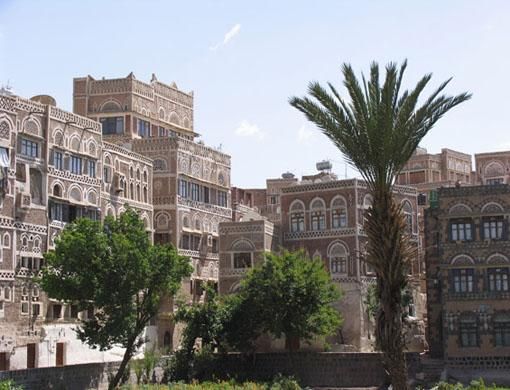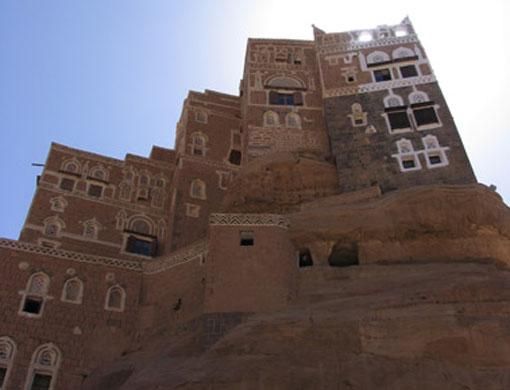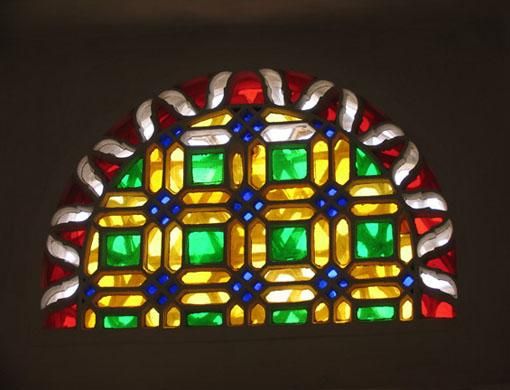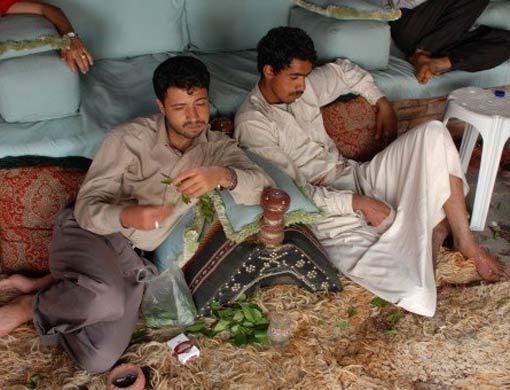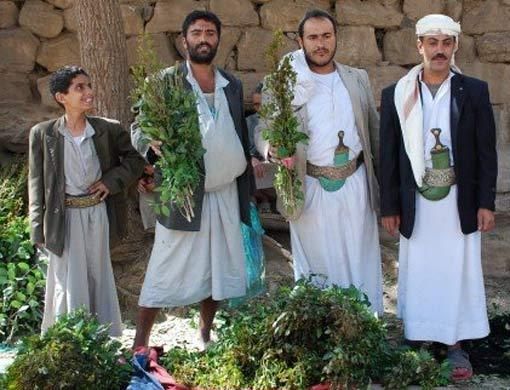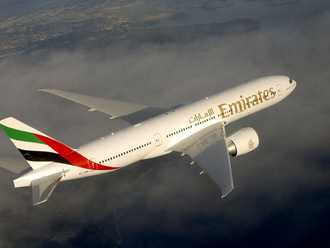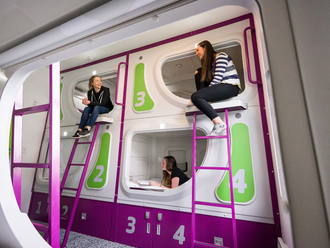It seems time travel is possible after all — and you don't need to go far to experience it.
A mere two-and-a-half-hour flight from Dubai lies Sana'a, the capital of Yemen, and if you have always thought that Oman was a treasure trove of nature, history and Arabic culture, think again.
The old city of Sana'a has been declared a World Heritage Site. When you look at the tall, slender buildings with their white plaster work, alabaster or stained-glass windows, surrounded by a sturdy wall, it is not difficult to understand why this city has been given the recognition.
While Yemen's security puts most tourists off, Sana'a and its surroundings are as safe as anywhere in the world (even if its inhabitants walk with daggers around their waists and the odd rifle on their backs).
Day 1 — am
Mid-morning, head straight to Bab Al Yemen, the main gate through the ancient city walls into old Sana'a. The city, along with the stunning surroundings, will take your breath away.
The hustle and bustle of the main entrance to the city envelops you as you go in but quiet descends as you turn left into the side street heading off the main square.
One of the first doors on the right leads to a tiny dark room where you see a camel trudging round and round in tight circles — this is a sesame mill.
Here, the seeds are old-fashionedly squashed between stones, the camel serving as the engine. It is a throwback to centuries past.
Only one such mill is still in existence here.
Follow the wall and thread your way through the old Jewish and Christian quarters, though not many families remain — Yemen is a predominantly Muslim area.
The narrow streets demand you keep a lookout for vans or bikes wanting to squeeze past but do look around to appreciate the architecture.
Spectacular view
Most of the buildings are more than 300 years old, with some dating back to the 11th century, and all are at least five storeys high, a way of construction unique to Yemen. The top floors of these “gingerbread'' houses are decorated with colourful stained-glass or alabaster windows made from stone luminous enough to let light in but keep prying eyes out.
Once you get to a busy ring road — which is actually a paved wadi that runs rapidly during the rainy season — turn right and head for the Burj Al Salam Hotel in the heart of old Sana'a.
The seven-storey building has been restored and offers the best view of Sana'a from the rooftop coffee shop.
The next stop is the souq, called the Souq Al Milh or the salt souq. However, it sells almost everything under the sun. Everything here is as it has been for centuries.
There are metalworkers, key-makers, masons and carpenters, and donkeys and chicken for sale besides every-day household items.
People haggle and argue but always give you a smile. The best thing is that everybody is willing to show you what they make and what there is for sale.
Make sure you get some sesame cakes — lumps of sesame seeds stuck together with honey. Don't miss out on the honey, which Yemen has the best of. You can choose from fresh honeycombs and different varieties but let the vendor advise you.
Come midday, the bustle tempers down, with everybody heading either for lunch or their regular qat hour.
Qat, tobacco-like leaves, is so much part of the daily life you can set the time by qat-chewing.
It starts after a hefty lunch, with men choosing the best fresh leaves, then sitting together and chewing qat for hours, until around four, when they go back to their shops again.
Day 1 — pm
Take the qat time as indication to head to a hotel to grab some rest. But go back and experience old Sana'a again in the late afternoon and at night to appreciate the beautiful buildings lit up, with their stained-glass windows dazzling.
Thursday is wedding day and Sana'a throbs with loud music and strings of light decorating houses and spanning roads.
Although, traditionally, the wedding celebrations for men and women are held separately, men are always happy to let visitors watch or join in on their celebrations.
Day 2
To follow up on the wedding theme, take a trip outside Sana'a next morning to the Rock Palace nearby — only some 14 kilometres from the capital.
The Rock Palace, aptly propped up on a rock in a wide wadi, was the former retreat of the Iman, ruler of Yemen.
Today it is a museum which allows you a glimpse of life as it was at the beginning of the last century.
Well restored, the palace attracts locals and visitors each weekend.
But the real draw are the wedding parties — again, only the men, who gather at the palace to sing and dance and, on occasions, shoot rifles in the air.
They wear traditional Yemeni attire — a long, white shirt topped with a Western-style suit jacket and a dagger, the jambiyah, quite different from the Omani khanjar, suspended from an embroidered belt.
From the Rock Palace, head to Thula, a village perched on the mountainside, barely visible from afar but stunning up close.
As in Sana'a, the houses are multistoreyed, decorated and occupied by an extended family, many of whom own donkeys, goats and chicken. Small shops cater to the rare visitor.
Laid bare
A bit further on, right on top of the hill, is Kawkaban, another Yemeni village with beautiful architecture.
However, it also serves as a reminder of what happens to a place if it is not protected by the World Heritage Organisation — it is obvious that in a few more years, this village will succumb to the elements and its architectural marvels will be lost.
If you want a weekend with a difference, with a wish to see the real Arabia and be welcomed by people genuinely pleased to see you, go to Yemen — experience Arabia Felix, Happy Arabia.
Ulrike Lemmin-Woolfrey is a UAE-based freelance writer
Go there . . . Sana'a . . . From the UAE
From Dubai
Emirates flies six days a week.
Fare from Dh1,660
Yemenia flies six days a week.
Fare from Dh1,430
From Abu Dhabi
Yemenia flies two days a week. Fare from Dh1,640
Info courtesy: The Holiday Lounge
by Dnata. Ph 04-4298576
POINTERS
Some things to remember
- Most passport holders can get a visa on arrival at the airport but do check with the embassy to make sure. Visas cost 5,500 riyals (Dh100). There is a bank and an ATM in the arrival hall.
- Bring a number of pens with you. The children in Sana'a and other villages don't ask for money but pens. So a few colourful ones handed out after a photoshoot will delight them.
- Organise your day trip outside Sana'a as soon as you get to a hotel — or maybe even before — as official travel documents will have to be prepared ahead of time to get you through the checkpoints outside Sana'a.
- Stay either at the modern Movenpick Hotel, which has a spa that makes you forget the dusty road outside (www.moevenpick-sana'a.com), or the restored Burj Al Salam at the centre of Sana'a, where you can experience life as it was in the Middle Ages but with modern comforts (www.burjalsalam.com).


